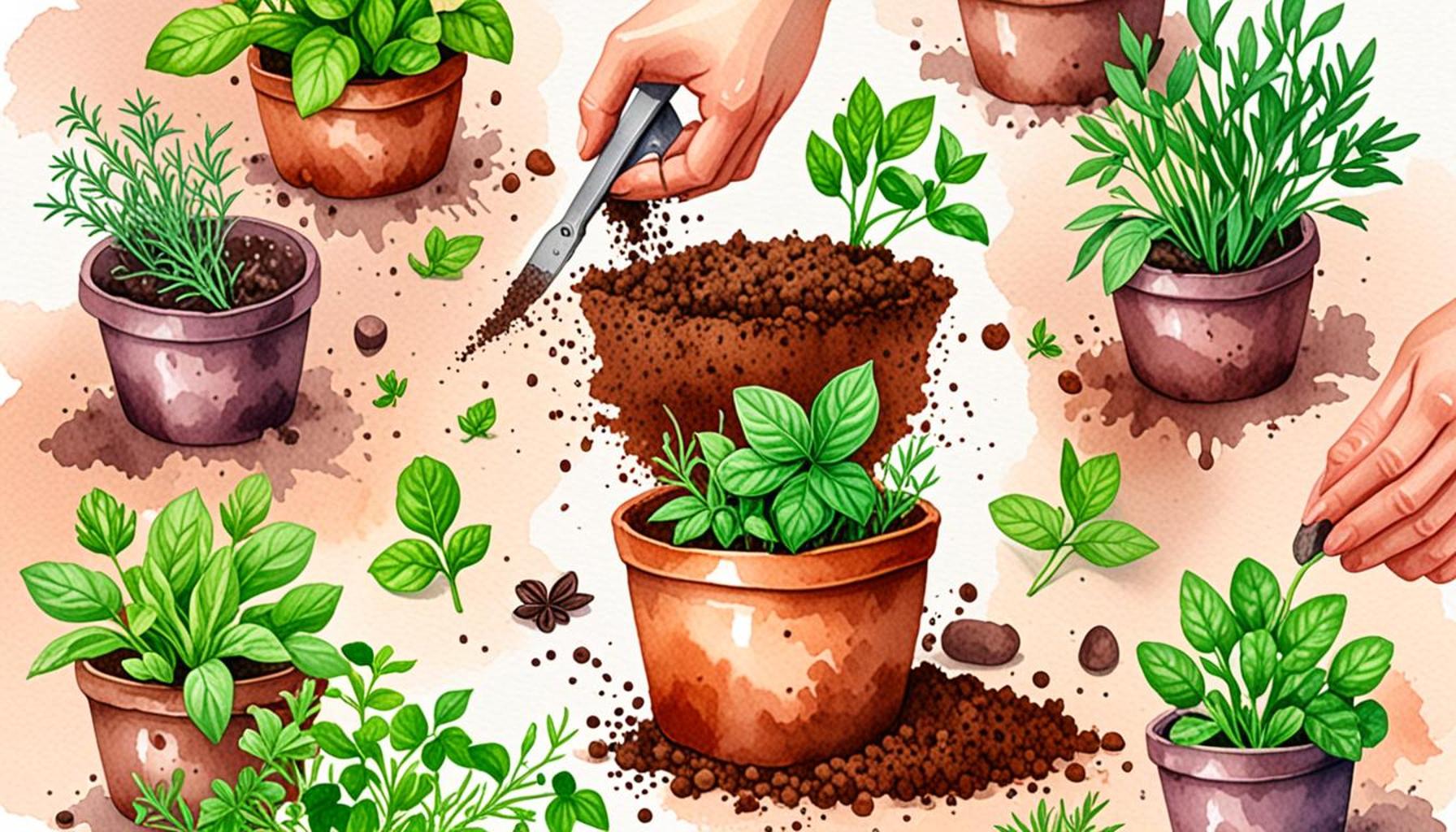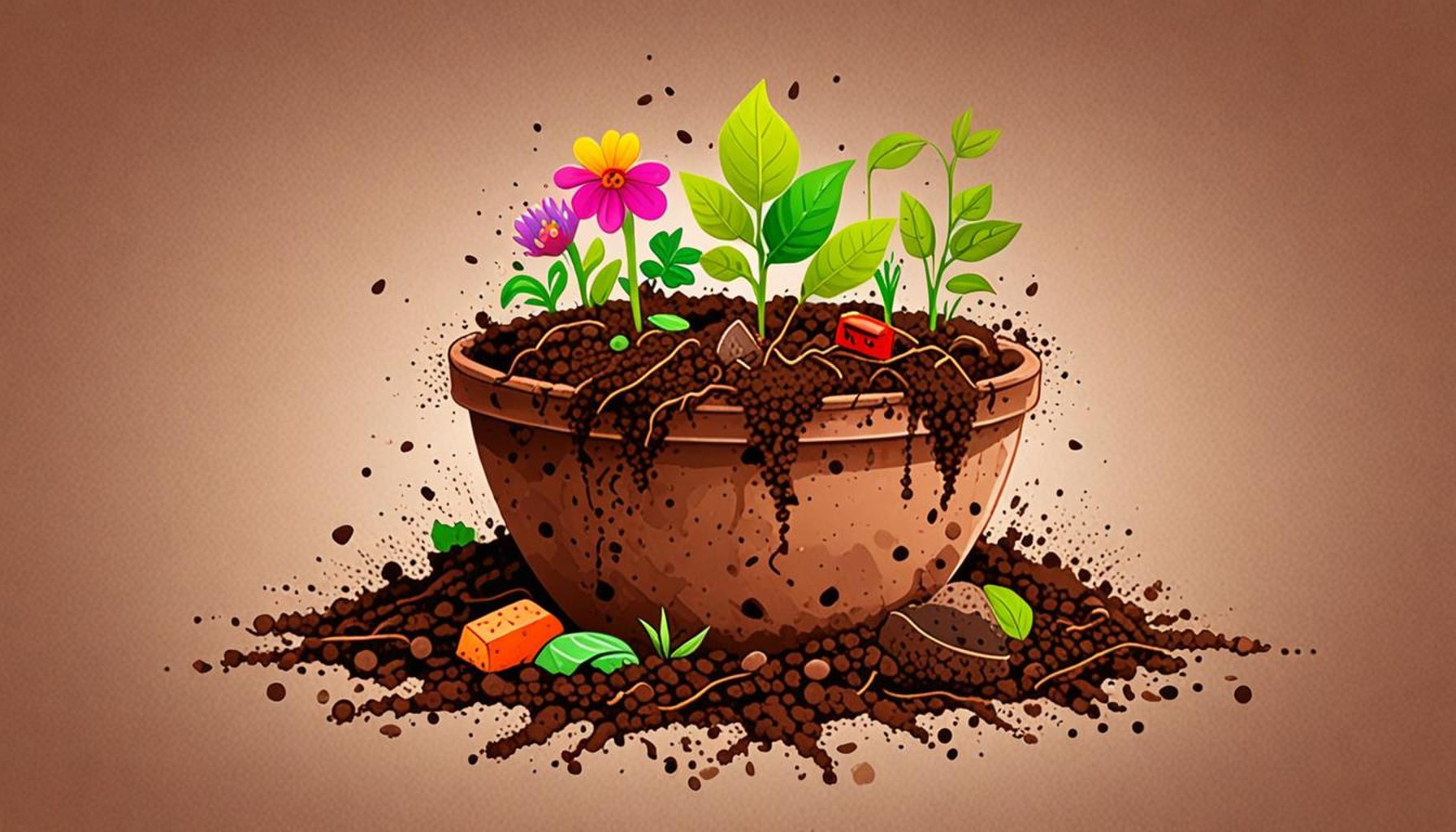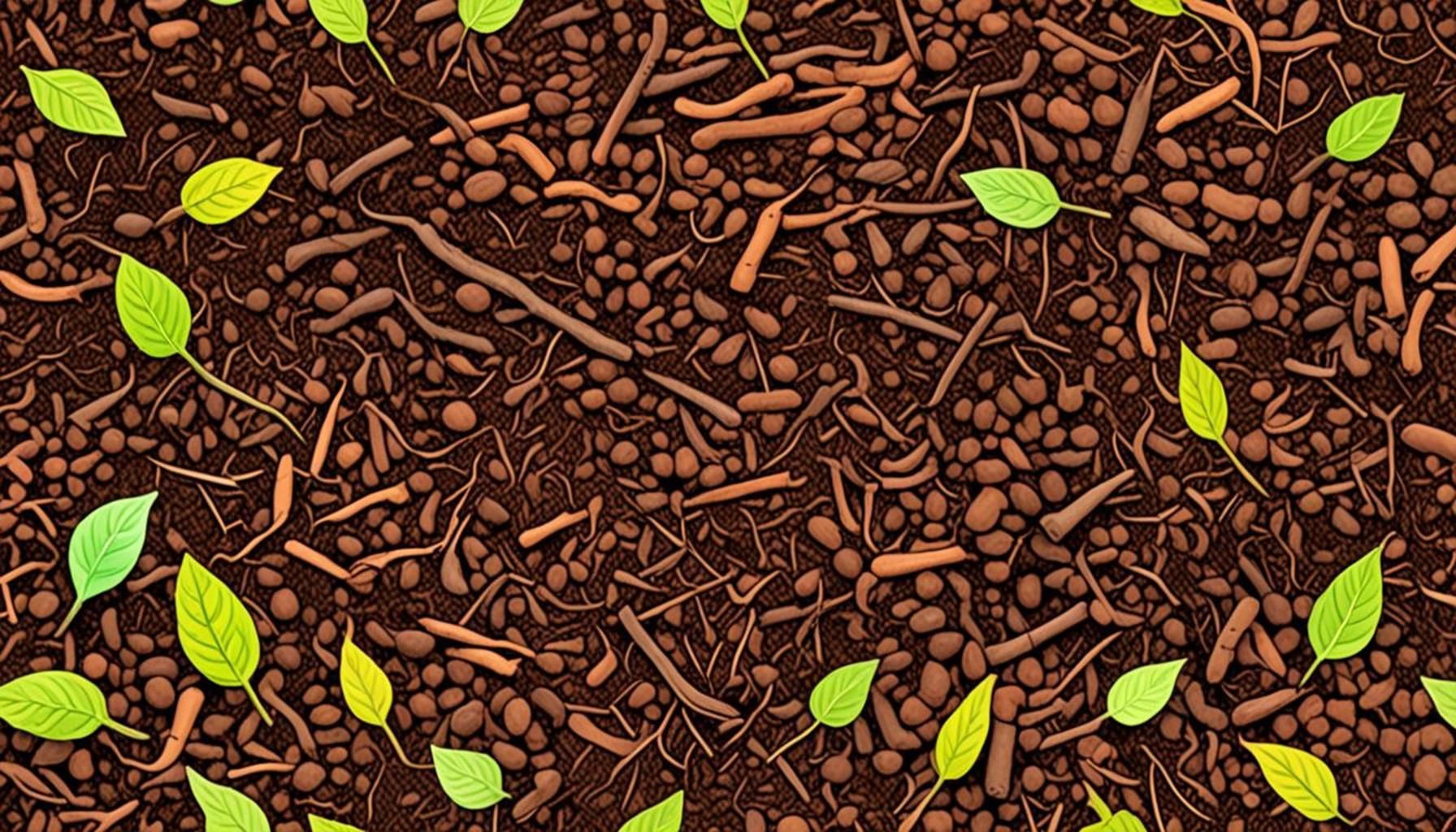How to Create a Raised Bed Garden: Soil Preparation for Success
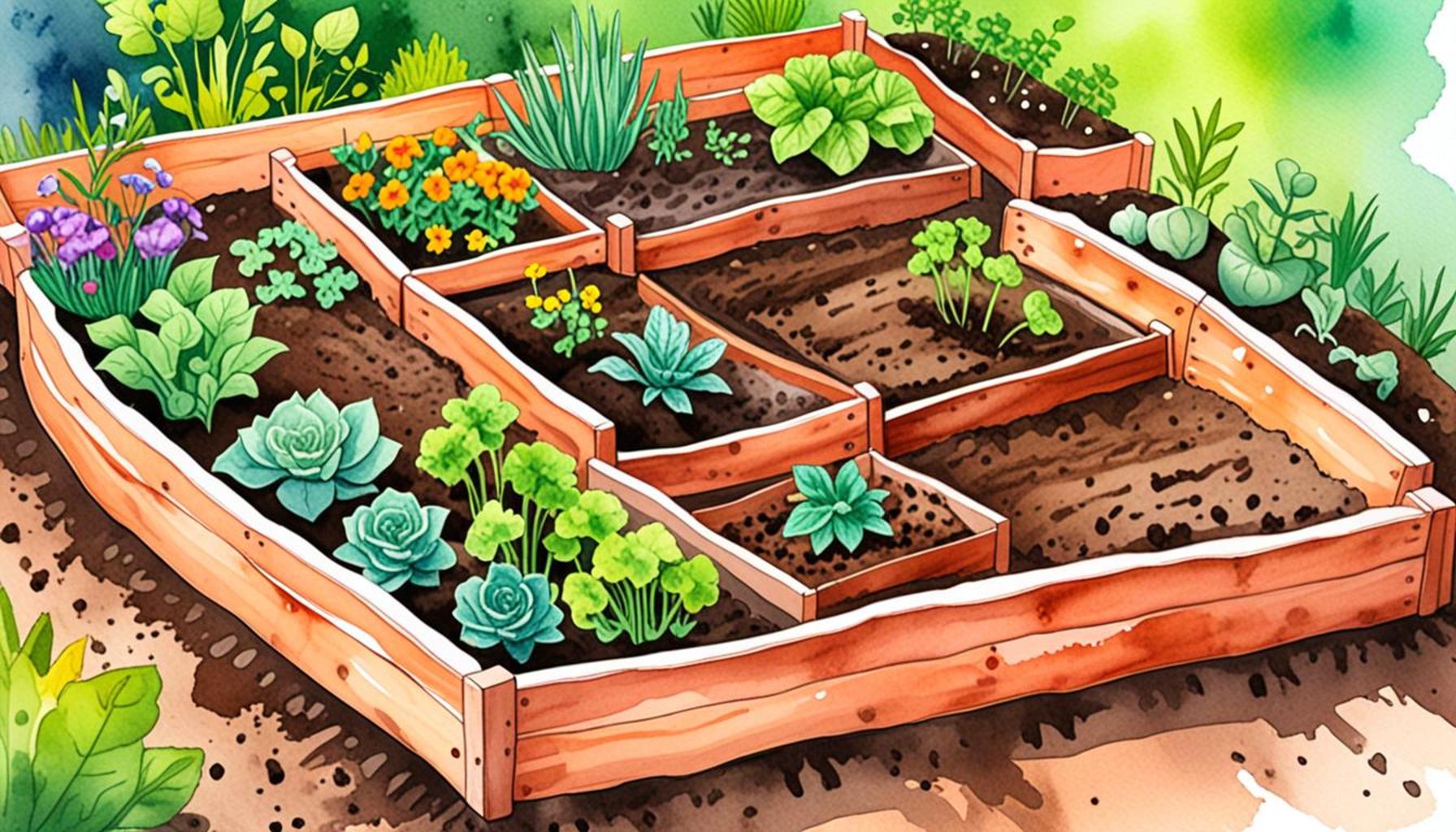
Importance of Soil Preparation in Gardening
Creating a prosperous raised bed garden hinges crucially on the first step—soil preparation. At first glance, this might appear to be a simple task, but the reality is that the right soil mix forms the backbone of a thriving ecosystem where plants can flourish. With meticulous soil preparation, gardeners can experience bountiful harvests and robust plant health, transforming their gardens into vibrant sanctuaries.
Key Elements to Consider in Soil Preparation
When gearing up for the soil preparation process, it’s essential to understand three foundational elements:
- Soil Composition: Healthy soil is not a one-dimensional entity. A well-balanced blend of organic matter, minerals, and nutrients is necessary. Adding materials like compost enhances the nutrient profile of the soil, introducing beneficial microorganisms that help break down organic matter and release nutrients.
- pH Levels: The acidity or alkalinity of your soil, measured as pH, significantly affects plant growth. A pH level around 6.0 to 7.0 is generally ideal for most vegetables. However, some plants have specialized needs—for instance, blueberries thrive in acidic soils (pH 4.5 to 5.5). Regular soil testing kits can guide you on the necessary amendments to achieve optimal pH levels.
- Drainage: Adequate drainage is critical to prevent root rot and promote healthy growth. Consider incorporating sandy soil or perlite to improve drainage, particularly if you live in an area with heavy clay soil. Raised beds naturally improve drainage, but it’s beneficial to check your blend to ensure it drains well.
The Benefits of Composting and Mulching
Many novice gardeners underestimate the transformative power of composting and mulching. These practices do much more than just enrich the soil; they are essential for moisture retention and enhancing nutrient levels, which are particularly vital in the United States’ diverse climates.
- Compost: Often referred to as “black gold,” compost is a gardener’s best friend. It improves soil structure by promoting aeration and water retention while enriching the soil with a variety of nutrients. Creating a compost pile with kitchen scraps, yard waste, and other organic materials can significantly reduce landfill waste, contributing to a more sustainable environment.
- Peat Moss: Known for its ability to retain moisture while providing excellent aeration, peat moss is a staple in soil preparations. When working with raised beds, mixing in peat moss can help combat the fluctuating moisture levels typical of elevated garden plots.
- Manure: Well-rotted manure serves as a potent organic fertilizer. It introduces a wealth of nutrients critical for plant growth while improving soil texture. However, care must be taken to ensure that the manure is fully decomposed to prevent any harmful pathogens from affecting your plants.
As you prepare to delve into your gardening endeavors, it’s essential to recognize that investing time and effort into proper soil preparation is a commitment to your garden’s long-term success. By assimilating the right knowledge and practices, you pave the way for cultivating an abundant and flourishing raised bed garden that can provide fresh produce and beautification for years to come. Understanding these core principles of soil preparation not only equips you with the tools for success but also deepens your connection with the environment and the food you grow.
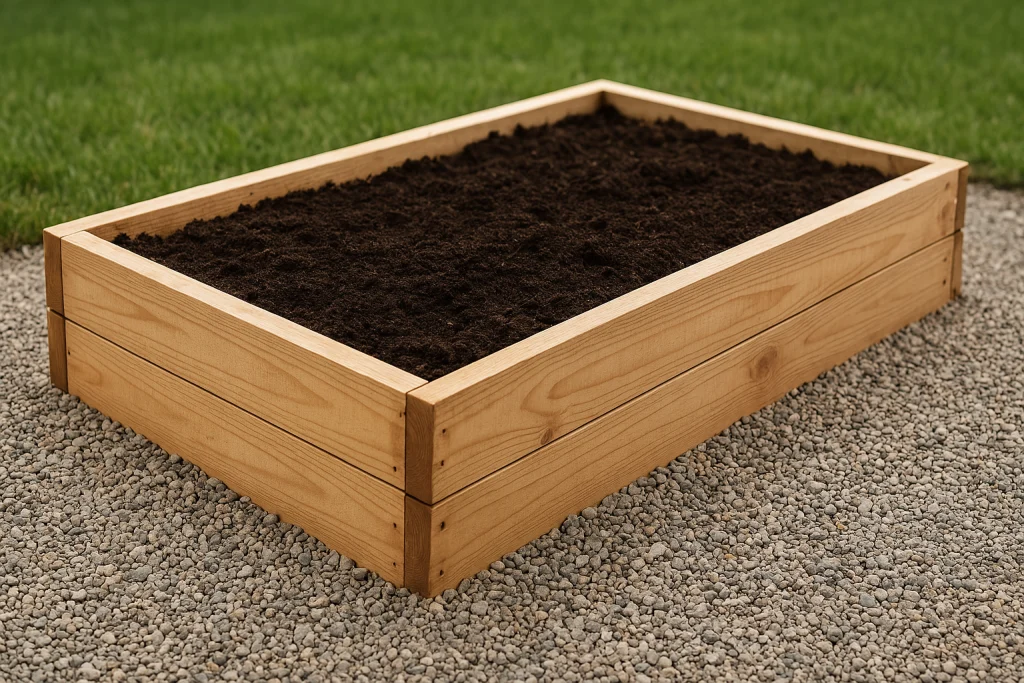
The Art and Science of Building Your Soil
To embark on the journey of creating a raised bed garden, one must first understand that soil preparation is far more than a chore—it’s an art and science combined. The process demands attention to detail, as the soil you build will dictate the health and productivity of your plants. The harmonious relationship between plants and soil is akin to a symphony; each element plays a critical role in achieving a successful garden. As you prepare your soil, consider the following essential practices to lay the foundation for a thriving raised bed garden.
Choosing the Right Materials for Your Soil Mix
When constructing your raised bed, understanding the ideal soil mix is paramount. A balanced blend of components ensures that your plants receive the nutrients they need while supporting robust growth. Here are a few key materials to consider:
- Topsoil: This should be the primary ingredient of your soil mix. High-quality organic topsoil can provide a rich base for your plants. Look for loose, crumbly soil that drains well and has an earthy smell, indicating its richness.
- Compost: As highlighted earlier, compost plays a vital role in the health of your soil. It not only feeds the plants but also enhances the structure of the soil. Adding three to six inches of compost in your raised beds can be all it takes to transform your soil into a nutrient-rich haven.
- Organic Matter: Incorporating materials like leaf mold or aged straw can improve soil aeration and moisture retention. These organic amendments also attract beneficial microorganisms to your soil ecosystem, which aids in nutrient breakdown.
- Perlite or Vermiculite: If your soil is dense and heavy, incorporating perlite or vermiculite can improve aeration and drainage. Both materials are lightweight and help prevent soil compaction, ensuring healthy root growth.
Testing and Adjusting Your Soil
Before planting your precious seedlings, it’s prudent to test your soil to understand its composition. Soil testing kits are widely available and can be a gardener’s best investment, revealing pH levels, nutrient balance, and even potential contaminants. Once you receive your results, you’ll be armed with vital information to make necessary amendments. Consider the following steps:
- Adjusting pH: If your soil test reveals an unideal pH level, amendments such as lime can raise pH, while sulfur can lower it. Remember, your goal is to achieve a pH around 6.0 to 7.0 for optimal vegetable growth.
- Nutrient Balancing: Based on the results, you may need to add specific fertilizers or organic amendments to enhance your soil’s nutrient profile. This could include bone meal for phosphorus, rock phosphate for calcium, or kelp meal for trace minerals.
Thus, the initial steps of soil preparation stand as the cornerstone of your raised bed gardening journey. Investing in the right materials, understanding your soil’s needs, and making informed adjustments will lead to healthier plants, increased yields, and an overall gratifying gardening success. This process serves to deepen your knowledge and engagement with the earth, making the entire gardening experience not just fruitful but also enriching.
Soil Preparation: The Foundation of Your Raised Bed Garden
The success of your raised bed garden significantly hinges on the quality of the soil you use. Proper soil preparation not only ensures healthy plant growth but also provides the essential nutrients and structure needed for optimal development.
Understanding Soil Components
To create the perfect growing environment, it’s crucial to understand the primary components of soil:
- Topsoil: This is the uppermost layer where most of the soil life is concentrated. It should be rich in organic matter and nutrients.
- Compost: A key ingredient in enriching your soil, compost adds vital nutrients and improves soil structure, aiding drainage and aeration.
- Organic Matter: Incorporating materials such as well-rotted manure, leaf litter, or peat moss provides essential support and enhances microbial activity.
Conducting a Soil Test
Before adding any components, performing a soil test is highly recommended. It helps you determine pH levels, nutrient content, and soil texture. Many garden centers offer DIY soil testing kits. Remember, ideal pH levels for most vegetables range from 6.0 to 7.5. Adjustments can be made using lime to increase pH or sulfur to decrease it.
Choosing the Right Mix
A well-balanced soil mix for raised beds typically consists of:
- 1 part topsoil
- 1 part compost
- 1 part peat moss or coconut coir
This combination of ingredients helps retain moisture while providing necessary drainage, allowing plant roots to thrive without becoming waterlogged.
Aeration is Key
Incorporating materials like perlite or vermiculite can improve aeration and drainage even further, ensuring your plants are not suffocating in compacted soil. Soil is alive, so keeping it well-aerated encourages healthy root systems and boosts plant growth.
Maintaining Soil Health
After preparing your soil and planting, maintaining soil health is crucial. Regularly adding organic matter, rotating crops, and mulching can prevent nutrient depletion and encourage beneficial microorganisms. These practices contribute not just to your current garden’s success but pave the way for flourishing harvests in future seasons.Finally, always remember to check moisture levels before watering, as raised beds can dry out more quickly than traditional gardens. With the right soil preparation, your raised bed garden will soon be thriving, delivering lush green vegetables and beautiful blooms!
DIVE DEEPER: Click here to learn more
Creating the Perfect Environment for Your Plants
After selecting the right materials and making necessary adjustments to your soil, the next crucial step in your raised bed gardening adventure is ensuring that the environment you create is ideal for your plants. It’s not just about what you mix together; it’s also about how you handle and maintain that soil to foster a flourishing garden.
Layering for Optimal Drainage and Nutrition
The way you layer materials in your raised bed can significantly affect both drainage and nutrient retention. Consider following a stratification approach:
- Bottom Layer: Start with coarse materials at the bottom. Use branches, straw, or small stones to help improve drainage and prevent soil from compacting. This layer should ideally be about three to six inches deep, promoting adequate water flow while keeping your soil above it healthy and aerated.
- Middle Layer: Follow with a mixture of your topsoil and compost. This balance should occupy the bulk of your raised bed, with the compost serving to enrich the topsoil with nutrients. A ratio of 50% topsoil to 50% compost is often recommended. This creates a nutrient-rich environment ideal for plant roots to thrive.
- Top Layer: Finally, a light topping of organic mulch such as straw or wood chips can help with moisture retention and weed suppression. Not only does this look aesthetically pleasing, but it also encourages beneficial organisms to thrive near the surface.
Maintaining Soil Health Post-Planting
The journey doesn’t end once you’ve successfully constructed your raised bed. In fact, maintaining soil health is an ongoing process, pivotal for long-term success. Here are several methods to consider for sustaining your garden’s soil:
- Regular Additions of Organic Matter: Continuously incorporate organic matter, such as compost or well-rotted manure, into your raised bed every season. This not only bolsters nutrient content but also promotes microbial activity, which is vital for plant growth.
- Crop Rotation: This age-old technique involves rotating the types of crops grown in your raised beds each season. This practice improves soil’s nutritional balance and helps ward off pests and diseases that can accumulate when the same plants are grown in the same spot year after year.
- Cover Crops: Consider planting cover crops such as clover or vetch during the off-season. These plants can fix nitrogen in the soil and, when tilled back into the ground, provide valuable organic material.
Watering Practices for Soil Longevity
Lastly, the way you water your raised bed garden can impact the overall structure and health of your soil. Implement deep watering techniques instead of short, frequent sprinklings. This encourages deep root growth and allows moisture to penetrate further into the soil, reaching the root zone effectively.
By strategically layering your soil components, maintaining your garden through organic practices, and watering appropriately, you foster a nutrient-rich environment conducive to a thriving raised bed garden. This multi-faceted approach ensures not only immediate growth but sets the stage for perennial success in your gardening endeavors.
DISCOVER MORE: Click here for essential tools for soil preparation
Conclusion: Unlocking the Secrets to Raised Bed Gardening Success
Creating a successful raised bed garden hinges on one pivotal factor: meticulous soil preparation. By understanding the importance of soil layering, maintaining its health, and implementing best watering practices, you set a solid foundation for your plants to thrive. This process not only involves selecting the right components but also a commitment to nurturing and enhancing your soil over time.
As you embark on your gardening journey, remember that each season brings new opportunities to further improve your soil’s vitality. Regularly incorporating organic matter allows beneficial microorganisms to flourish, ensuring a dynamic ecosystem that supports plant growth. Techniques such as crop rotation and the use of cover crops can transform your garden into a self-sustaining environment that balances nutrition and minimizes pest issues.
Additionally, the practice of deep watering not only cultivates strong root systems but also promotes a healthy soil structure essential for moisture retention and nutrient absorption. This holistic approach to soil preparation transforms your raised beds into productive havens, regardless of what you choose to plant—be it vibrant vegetables, fragrant herbs, or beautiful flowers.
Finally, as you continue to refine your techniques and experiment with different approaches, consider sharing your experiences with fellow gardeners. Engage with local gardening communities or online forums to exchange knowledge and tips. By doing so, not only do you enrich your own gardening skill set but also contribute to a collective understanding of raised bed gardening, fostering a supportive network for blossoming enthusiasts from all walks of life.
